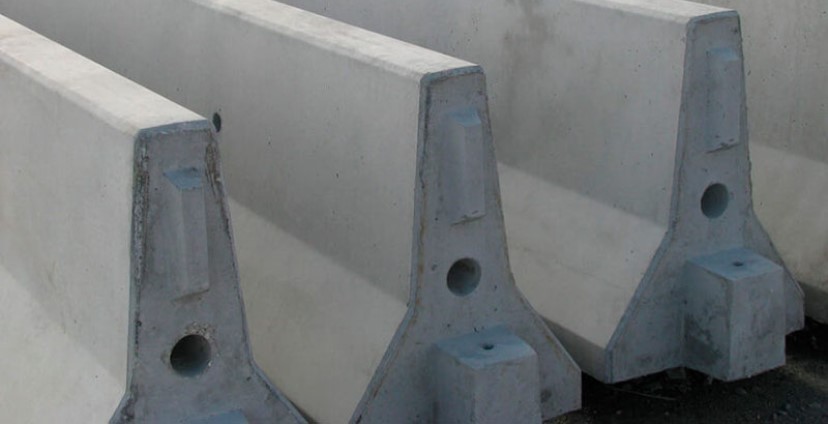New Jersey
The New Jersey barriers used today are portable concrete barriers that separate traffic lanes. Firstly, these barriers are designed in a way that prevents vehicles from veering into oncoming traffic, reducing the risk of head-on collisions. Due to their low angled edges, New Jersey barriers also minimize damage in the event of a collision.
In Iran, these barriers are commonly referred to as "New Jersey blocks" or "New Jersey barriers" due to their similarity in appearance and material to concrete blocks. In English, they are known as "Jersey barriers." However, they are also referred to by other names such as Jersey walls, Jersey dividers, concrete New Jersey, or even Jersey barrier.
These barriers have various other applications as well. Let's explore some other uses of concrete New Jersey barriers:
Traffic redirection and lane delineation on roads
Space separation, such as in gas stations and terminals
Protection of construction workers and pedestrians
River channeling, flood control, and prevention of fire spread in forests
These barriers represented a significant improvement compared to guardrails as they offered greater resistance and were less likely to be dislodged by impacts. In the following sections, we will delve into the history of Jersey barriers and how they have evolved and developed over time.
The materials used in the construction of concrete New Jersey barriers include
Cement, which should meet the specifications of Portland Type 1 and Type 2 cement as per standard number 389.
Aggregates, including sand, pea gravel, and crushed stone, which should comply with standard number 302.
Water, which should be free from organic, alkaline, and acidic substances and conform to standard number 14748. Thus, drinking water is not suitable for this purpose as it tends to be slightly acidic.
Concrete additives, which can be in liquid or powder form and are used to enhance the quality and achieve a uniform surface.
Steel rebar, which increases the strength of the components and reduces deflections. The tensile strength of these rebars should be high (minimum 400 megapascals).

